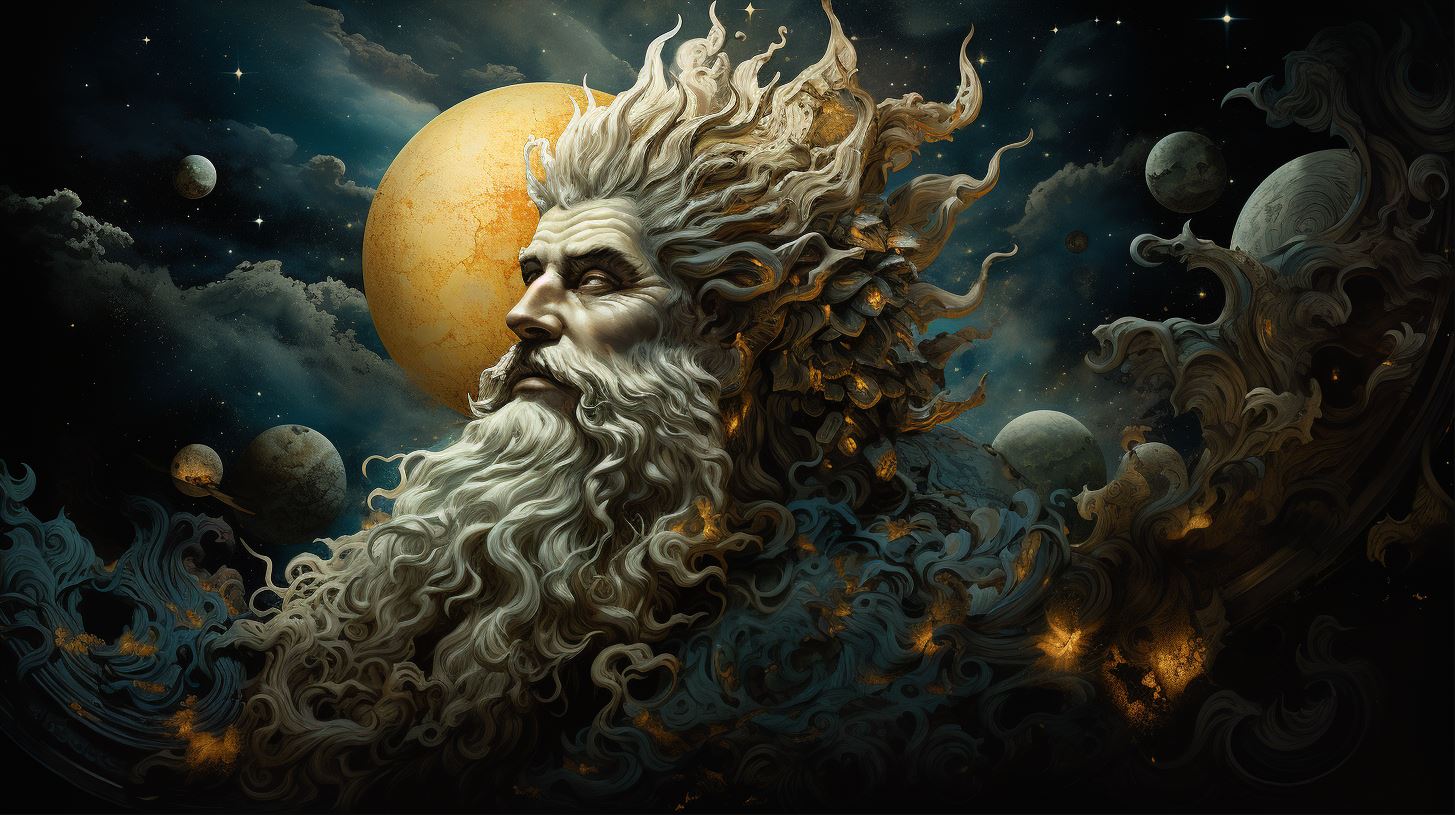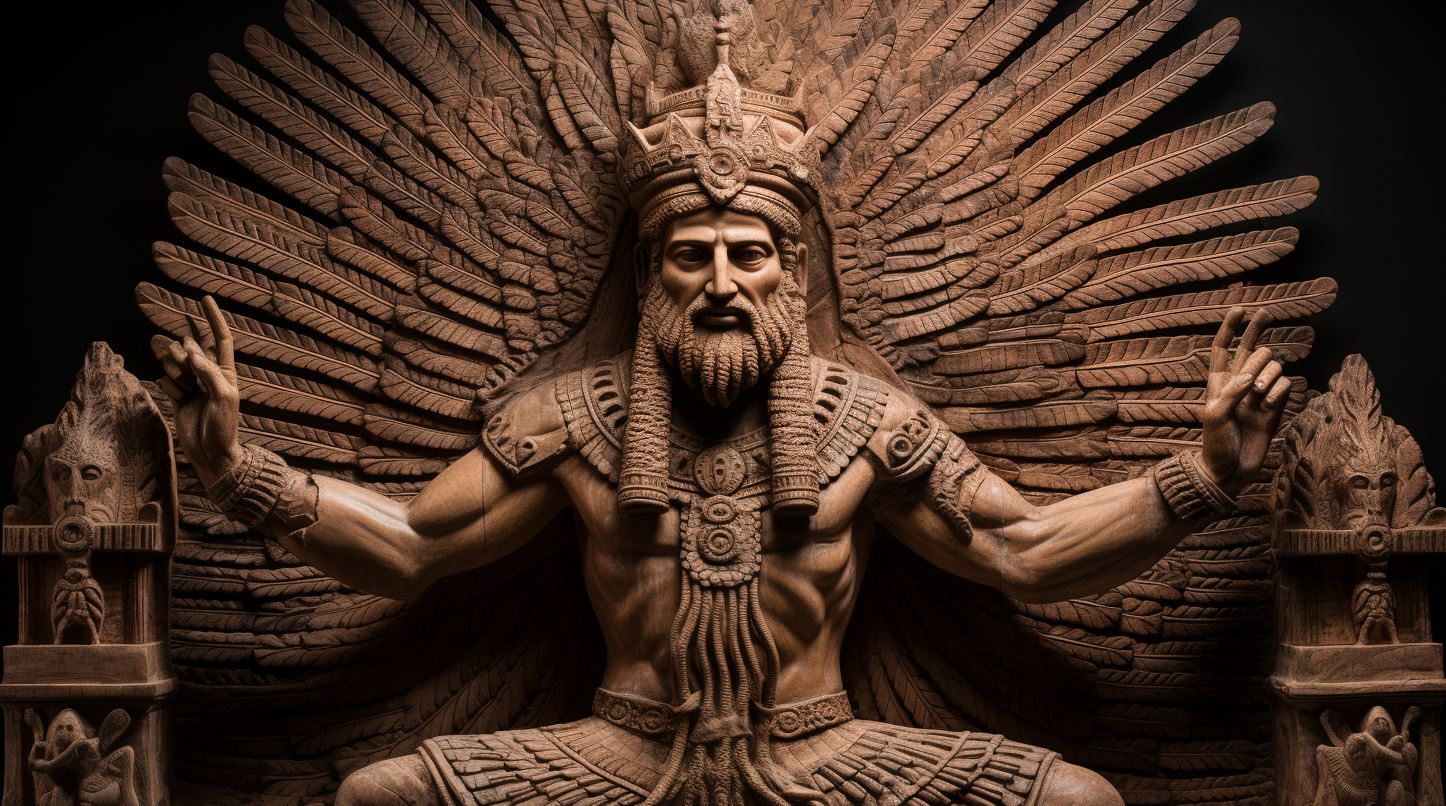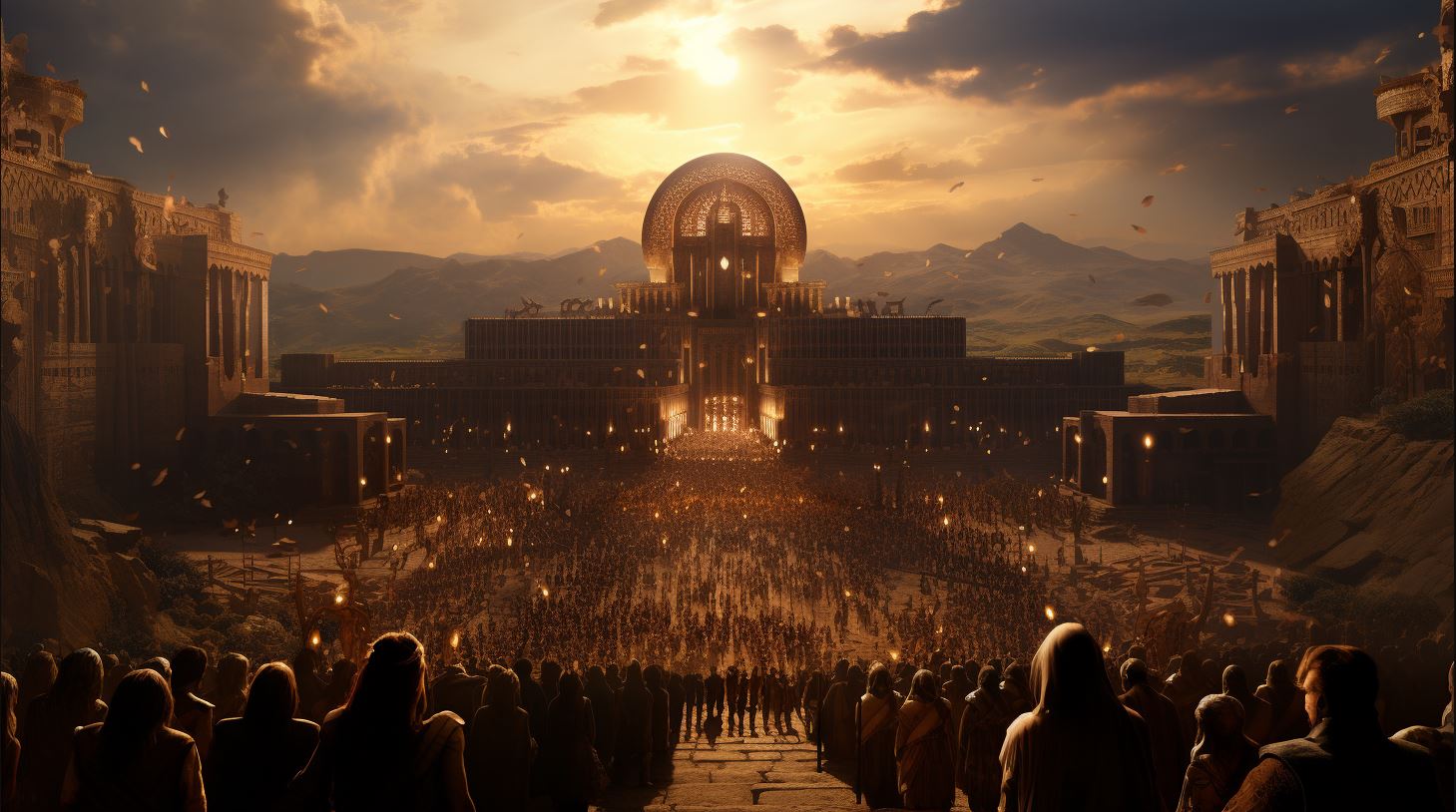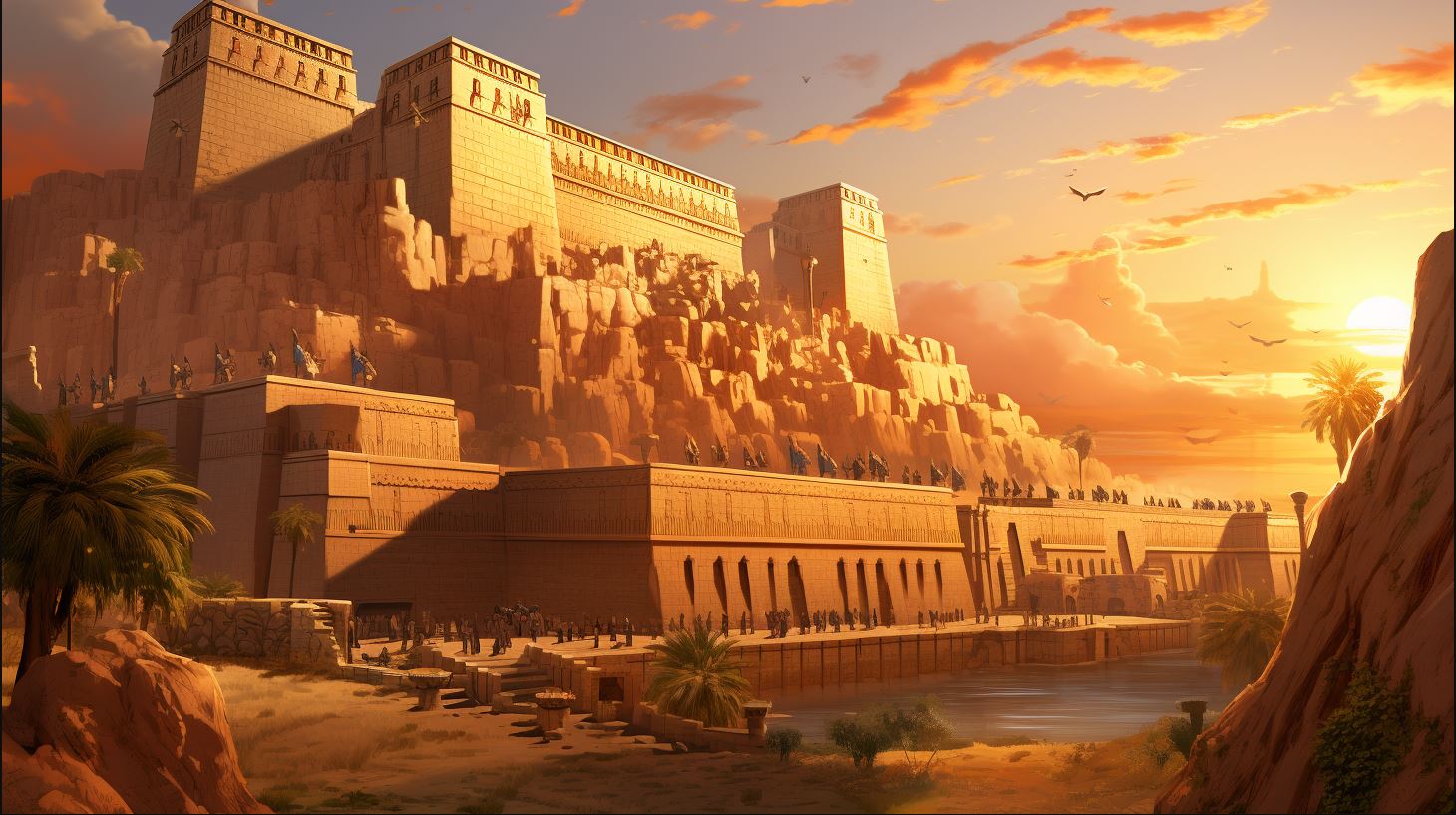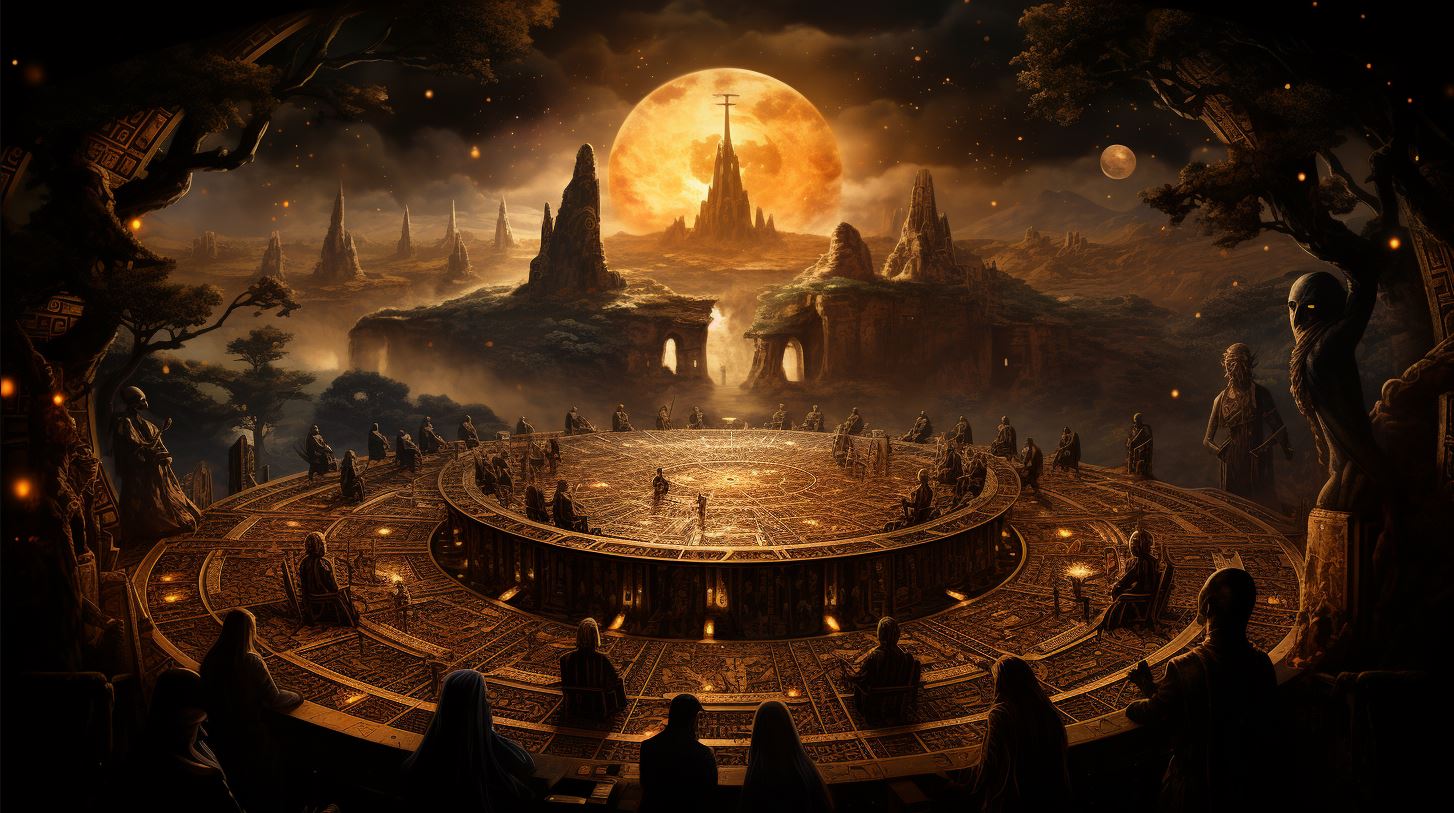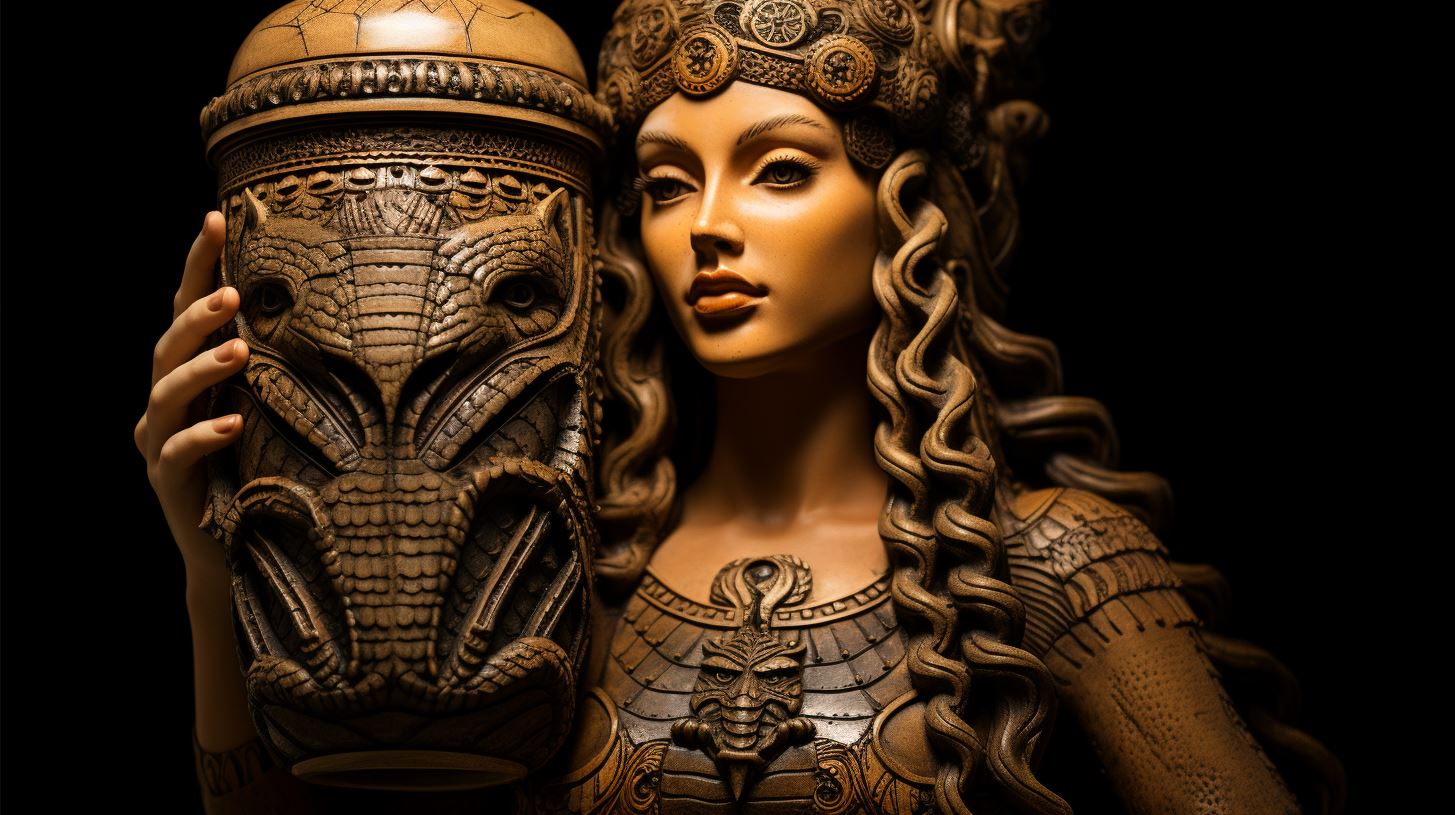Sumerian God of Fire: Unveiling the Ancient Deity’s Power and Influence
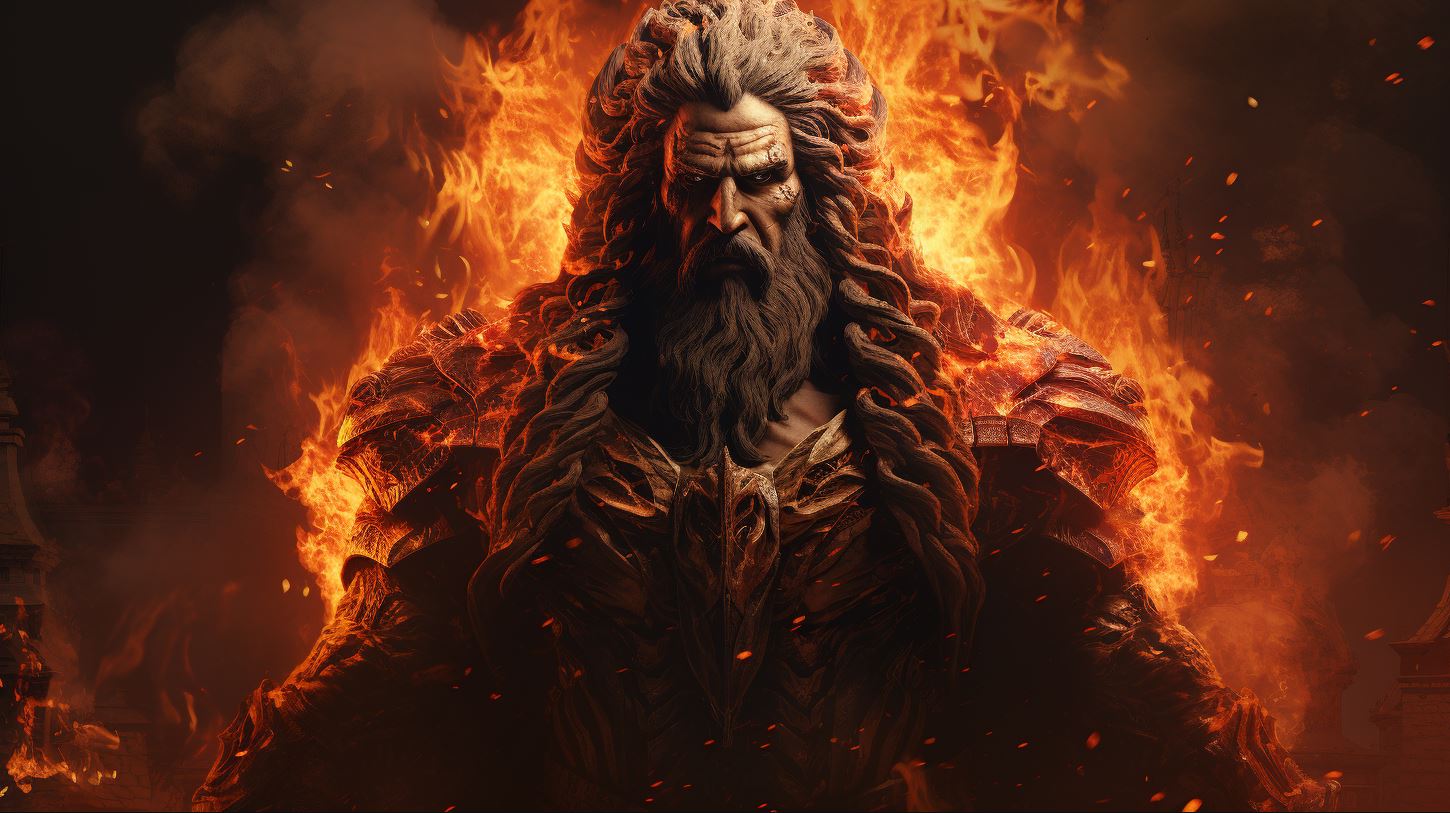
The Sumerian god of fire holds a significant place in ancient mythology worldwide. This deity, depicted with unique origins and attributes, is celebrated for its iconic symbolism. It is intriguing to explore the associations of this god with other deities of fire, both in Sumerian mythology and in diverse cultural perspectives.
Understanding the rituals, offerings, and sacred sites of worship sheds light on the importance of this deity in ancient civilizations. Through delving into these topics, a deeper appreciation for the Sumerian god of fire emerges.
Origins and Attributes
The Sumerian god of fire, Gibil, is an ancient and enigmatic deity, that holds deep roots in the mythological beliefs of Mesopotamia. Believed to have emerged from the divine pantheon during a time of cosmic creation, this deity embodies the very essence of both destructive and transformative aspects of fire.
With the power to bring warmth, light, and purification, the Sumerian god of fire is often associated with renewal, passion, and vitality.
The attributes attributed to this god of fire reflect its immense influence within Sumerian mythology.
Known for its fiery and radiant appearance, this deity is often depicted with flames emanating from its body, symbolizing its divine connection to the element of fire. Additionally, the god’s energy and power are believed to be immense, capable of both creation and destruction at will.
Iconography and Symbolism
In visual representations, the Sumerian god of fire is often depicted in a humanoid form, adorned with majestic headdresses and robes adorned with flames. Its eyes, typically glowing with intensity, signify the god’s ever-watchful nature.
The flames surrounding the deity represent not only its association with fire but also its perpetual presence, ever-burning and unstoppable.
Furthermore, various symbols are associated with the Sumerian god of fire, each conveying significant meaning.
The serpent, a common motif in Sumerian iconography, is often depicted intertwined with fire, symbolizing transformation and rebirth. The sun, with its radiant heat and life-giving properties, is also closely associated with this deity, highlighting its fiery nature and life-affirming qualities.
In summary,
- The Sumerian god of fire possesses deep origins within Mesopotamian mythology.
- Its attributes reflect both the destructive and transformative aspects of fire.
- Visual representations showcase the deity with flames and radiant appearance.
- Symbolism includes serpents and the sun to signify transformation and vitality.
Associations with other deities
Relationships with Fire Deities in Other Mythologies
The Sumerian god of fire, while prominent within its own mythological framework, also shares intriguing connections with fire deities in other mythologies.
Across various cultures, similar deities represent the power and symbolism of fire. In the ancient Egyptian pantheon, the goddess Sekhmet embodies the destructive aspects of fire, reminiscent of the Sumerian god’s fiery nature.
Additionally, the Hindu god Agni holds a significant resemblance to the Sumerian deity, representing the transformative and purifying qualities of fire in Vedic mythology.
Comparison with Fire Deities in Different Cultures
Exploring the Sumerian god of fire in the context of different cultures sheds light on the similarities and differences in their depictions and symbolism.
In Norse mythology, the fire giant Surtr plays a pivotal role in the cataclysmic event known as Ragnarok, where his fiery powers bring about the end of the world. Similarly, in Greek mythology, the titan Prometheus steals fire from the gods and grants it to humanity, symbolizing fire’s role in human progress and enlightenment.
- In Egyptian mythology, the goddess Sekhmet represents the destructive aspects of fire.
- Hindu god Agni embodies the transformative and purifying qualities of fire.
- In Norse mythology, the fire giant Surtr brings about the end of the world.
- In Greek mythology, Prometheus steals fire from the gods to benefit humanity.
By examining these parallels and divergences, we gain a deeper understanding of the universal significance of fire deities and how they resonate across different mythological traditions.
The Sumerian god of fire stands as a testament to the enduring fascination and reverence humans have held for the elemental force of fire.
Worship
Rituals and Offerings
The worship of the Sumerian god of fire was accompanied by elaborate rituals and offerings that sought to appease and honor this powerful deity. Fire held a significant role in the lives of ancient civilizations, symbolizing not only warmth and light but also destruction and transformation.
The rituals associated with the worship of the Sumerian god of fire aimed to harness and channel its power, ensuring prosperity, protection, and renewal for the worshippers.
During these rituals, priests and devotees would gather at designated sacred spaces, often near natural sources of fire such as volcanoes or sacred flames.
They would make offerings of various items, such as animal sacrifices, grains, incense, and precious metals or gems. These offerings were seen as acts of devotion and gratitude, acknowledging the god’s influence and seeking favor in return.
The Sumerian god of fire was believed to have the ability to purify and cleanse, so rituals involving fire were often used to symbolize purification and rebirth. Participants would walk through or jump over flames as a symbolic act of purification, seeking spiritual rejuvenation and the removal of impurities.
Temples and Sacred Sites
Temples dedicated to the worship of the Sumerian god of fire were significant centers of religious and community life. These magnificent structures were often constructed with fire symbolism in mind, featuring sacred fires that burned continuously within their premises.
One notable temple dedicated to the Sumerian god of fire was located in the heart of the city, serving as a focal point for religious ceremonies and gatherings. It was believed that the divine presence of the god could be felt and accessed within these sacred spaces.
Worshippers would visit the temples to offer prayers, make offerings, and seek divine guidance for various aspects of life, including protection from fire-related disasters.
In addition to temples, natural sites associated with fire were also considered sacred.
Volcanoes, hot springs, and other natural phenomena were revered as places where the Sumerian god of fire manifested its power most intensely. These sites were often visited by pilgrims seeking blessings, healing, or spiritual experiences.
They would engage in rituals and offerings at these natural sites, connecting with the elemental forces associated with the god of fire.
- Rituals and offerings were performed to appease and honor the Sumerian god of fire.
- Priests and devotees gathered at sacred spaces, making offerings such as animal sacrifices, grains, and incense.
- Walking through flames symbolized purification and renewal.
- Temples dedicated to the god of fire were central to religious and community life.
- These structures featured continuous sacred fires.
- Natural sites such as volcanoes were also considered sacred and visited by worshippers.











